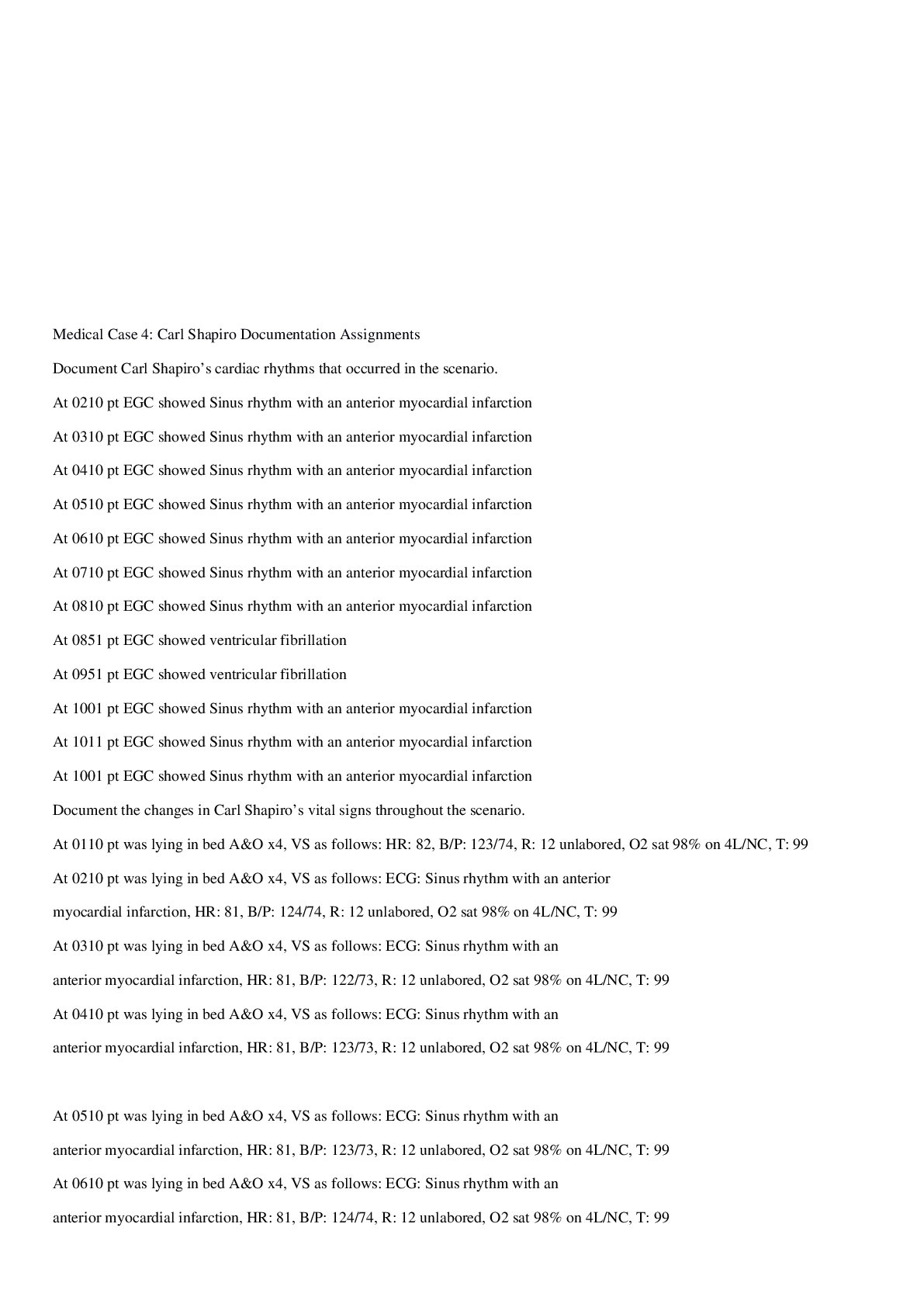NGN HESI > Summary > New Graduate Nurses in the Intensive Care Setting Preparing Them for Patient Death (All)
New Graduate Nurses in the Intensive Care Setting Preparing Them for Patient Death
Document Content and Description Below
HISTORY AND DEFINITIONS Historically, the literature describes the transition period from student nurse to registered general nurse or NGN as a stressful time in a nurse’s career.2,3 The initial ... work experience of a NGN has been described as the sensation of experiencing a reality shock.4 Reality shock was then defined as “the shock-like reaction that occurs when an individual who has been reared and educated in that subculture of nursing that is promulgated by schools of nursing suddenly discovers that nursing as practiced in the world of work is not the same-it does not operate on the same principles”.5 The phenomenon of student nurses transitioning to NGNs became more evident during the United States’ response to the novel coronavirus disease 2019 (COVID- 19) pandemic. As the numbers of COVID-19 cases were increasing rapidly in hospitals throughout the United States in March, April, and May of 2020, many student nurses nearing graduation from nursing school were quickly recruited into intensive care hospital settings as their first job as a NGN.6 Along with the usual stressors experienced by NGNs, including learning hospital policies and procedures, roles, responsibilities, and complex tasks beyond the nurse generalists role that are required to work in an intensive care setting, the additional stressors of a global pandemic, staffing shortages, lack of personal protective equipment, and a mounting number of critically ill patients, many of whom were infected with the highly contagious COVID-19 virus, required these NGNs to perform their role on the health care team as nurses who had only begun to understand, yet alone master, the complex content and environment of the intensive care setting. Programs are in place to assist NGNs to transition into their roles as nurses, such as new nurse residency programs and/or preceptor programs. During the COVID-19 pandemic, however, preceptors and fellow staff members were struggling themselves to cope with the rapidly changing and uncertain environment.7 End-of-life and/or palliative care, especially surrounding communication, is another stressor in the intensive care setting that NGNs must add to their responsibilities in their new, intense work environment. The practice readiness gap is evident here as schools of nursing focus on the care of patients throughout the lifespan, but not the care of the dying patient. Death education should include palliative and end-of-life care. Internationally, there are inconsistencies in death education for undergraduate nurses including “quality, content, and approach.” [Show More]
Last updated: 5 months ago
Preview 1 out of 11 pages
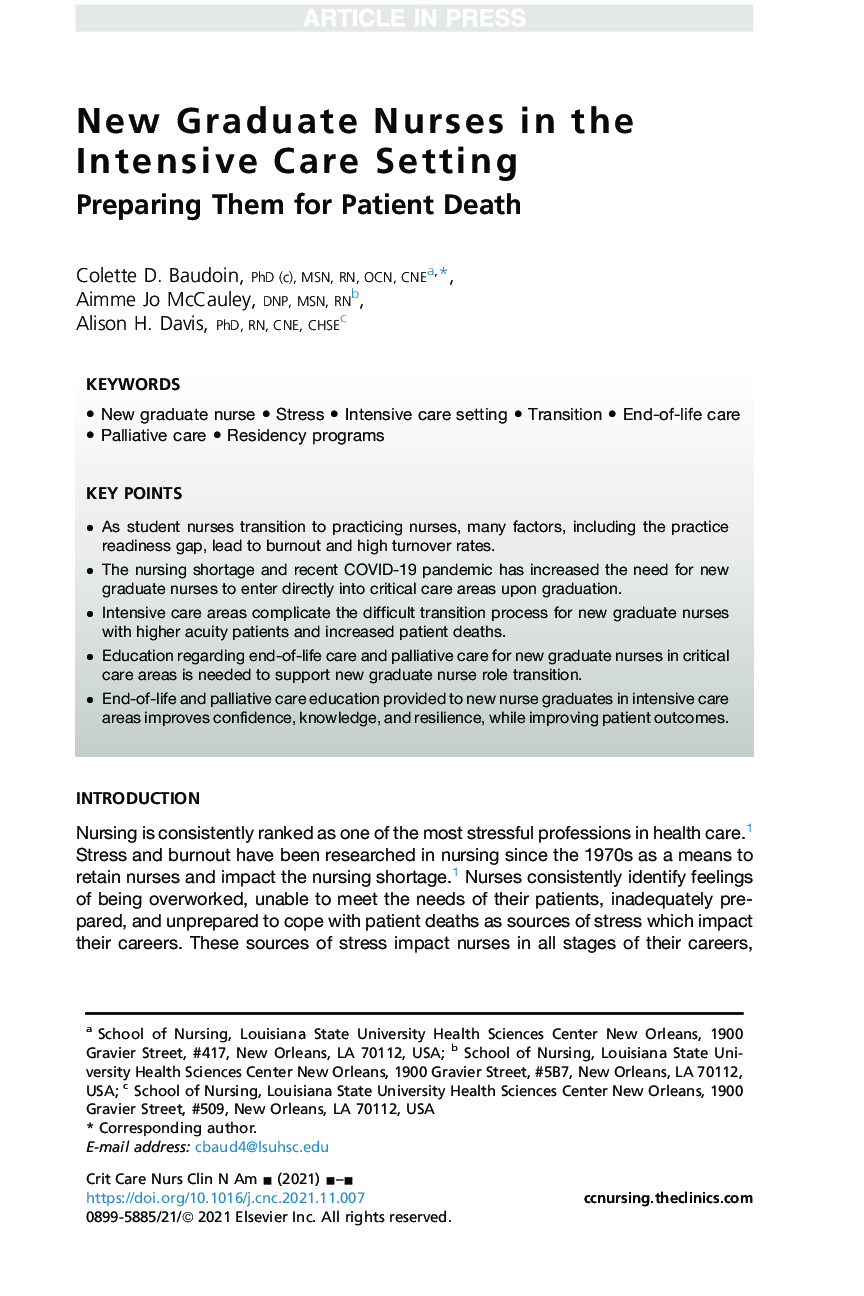
Reviews( 0 )
Document information
Connected school, study & course
About the document
Uploaded On
Nov 24, 2023
Number of pages
11
Written in
Additional information
This document has been written for:
Uploaded
Nov 24, 2023
Downloads
0
Views
20


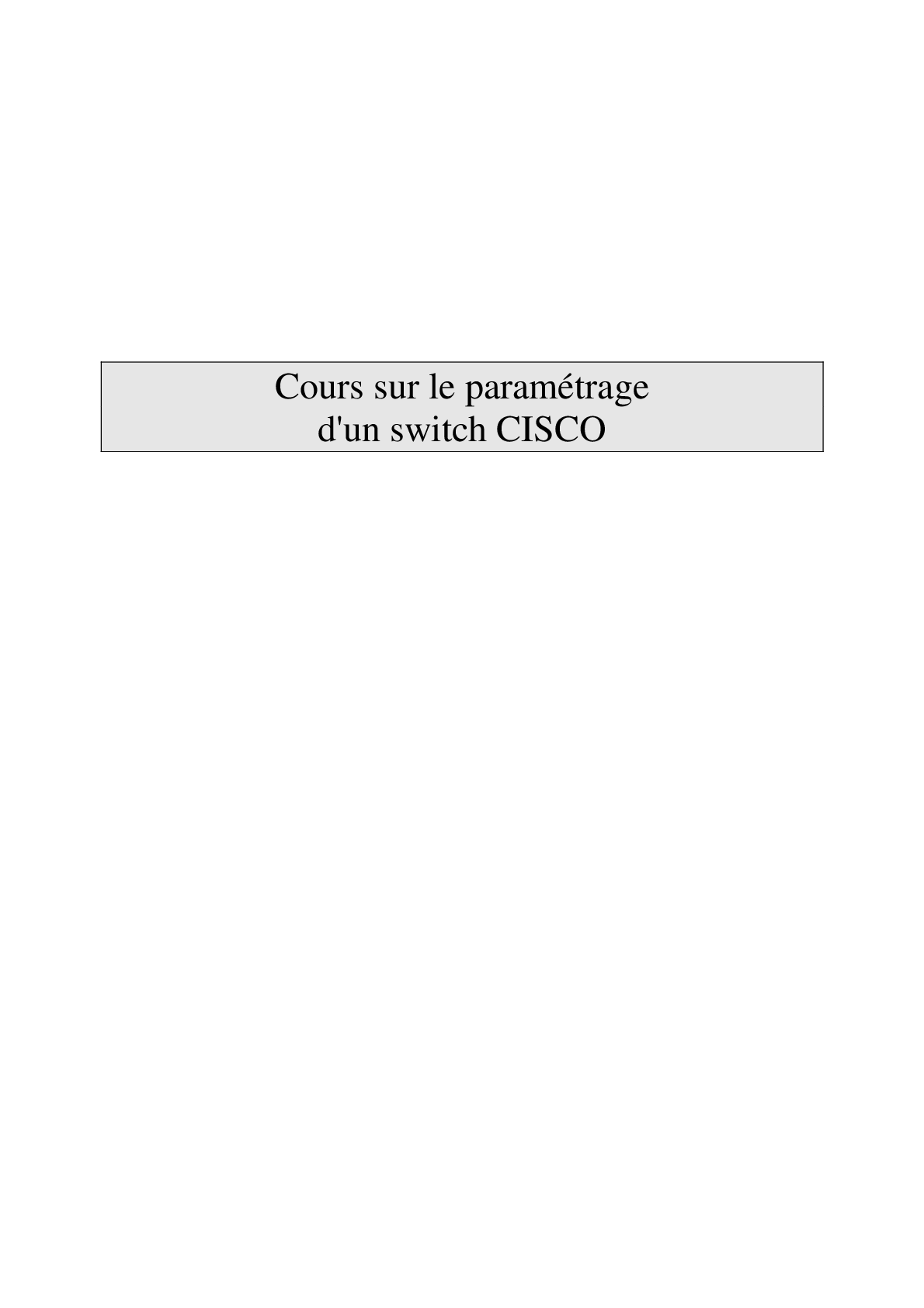
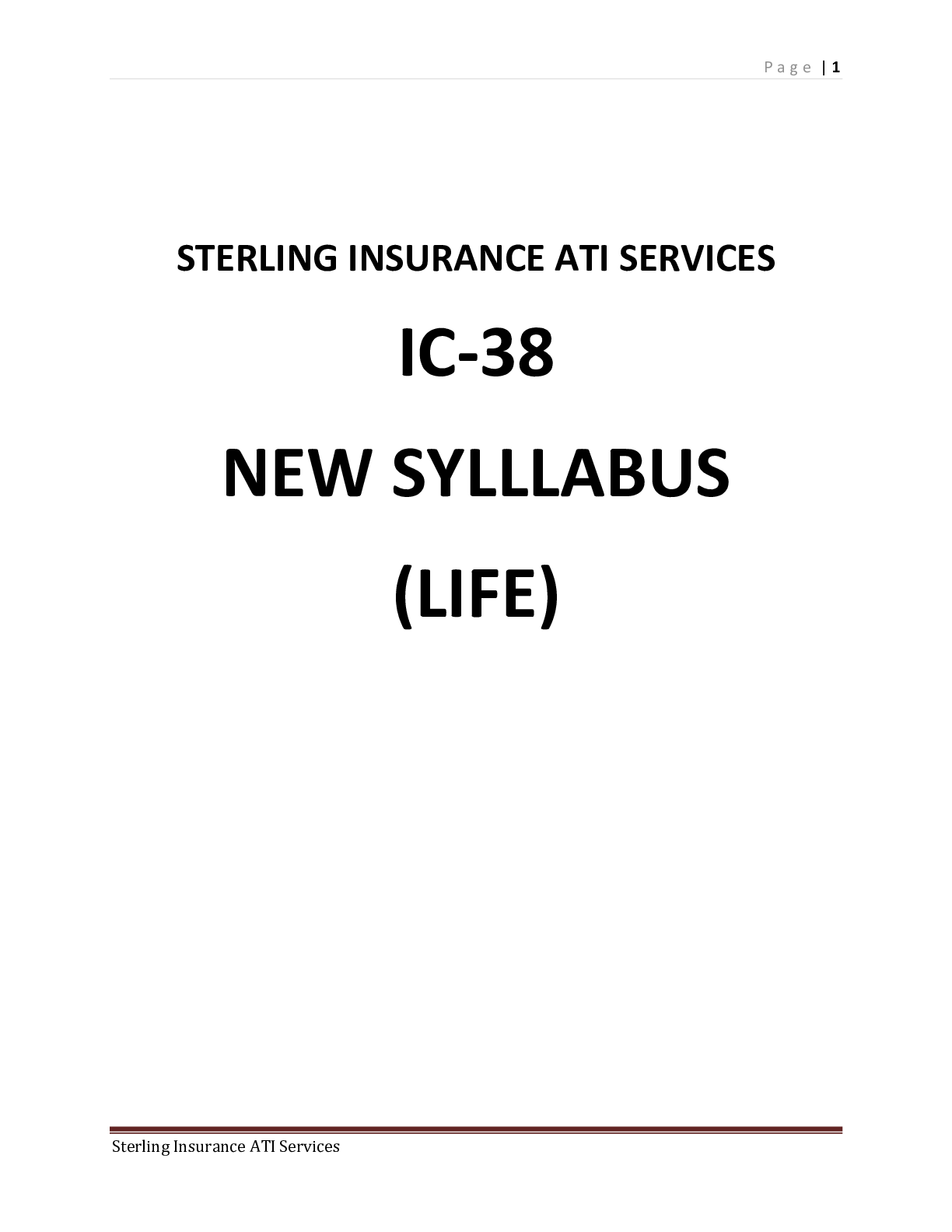



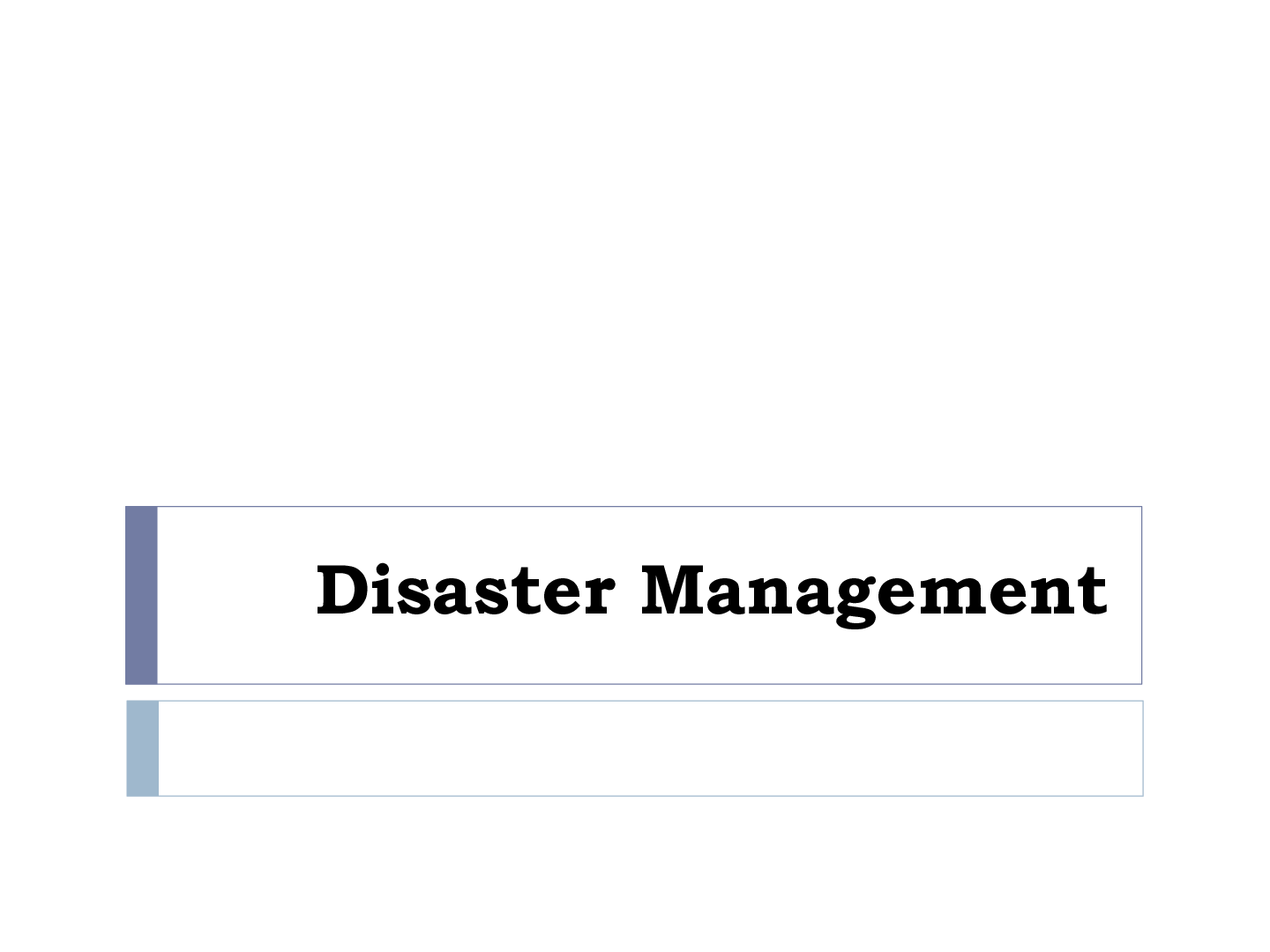
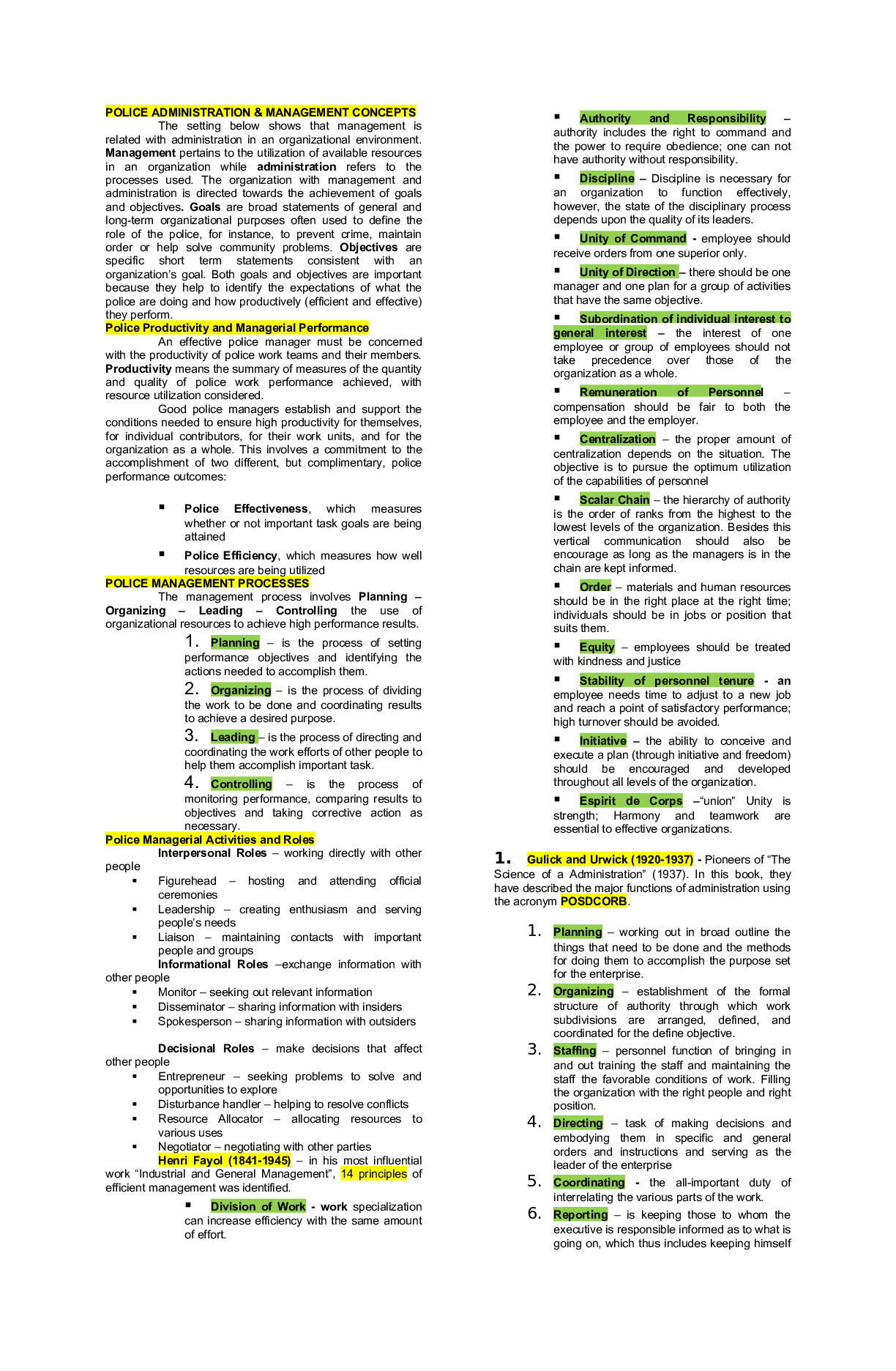


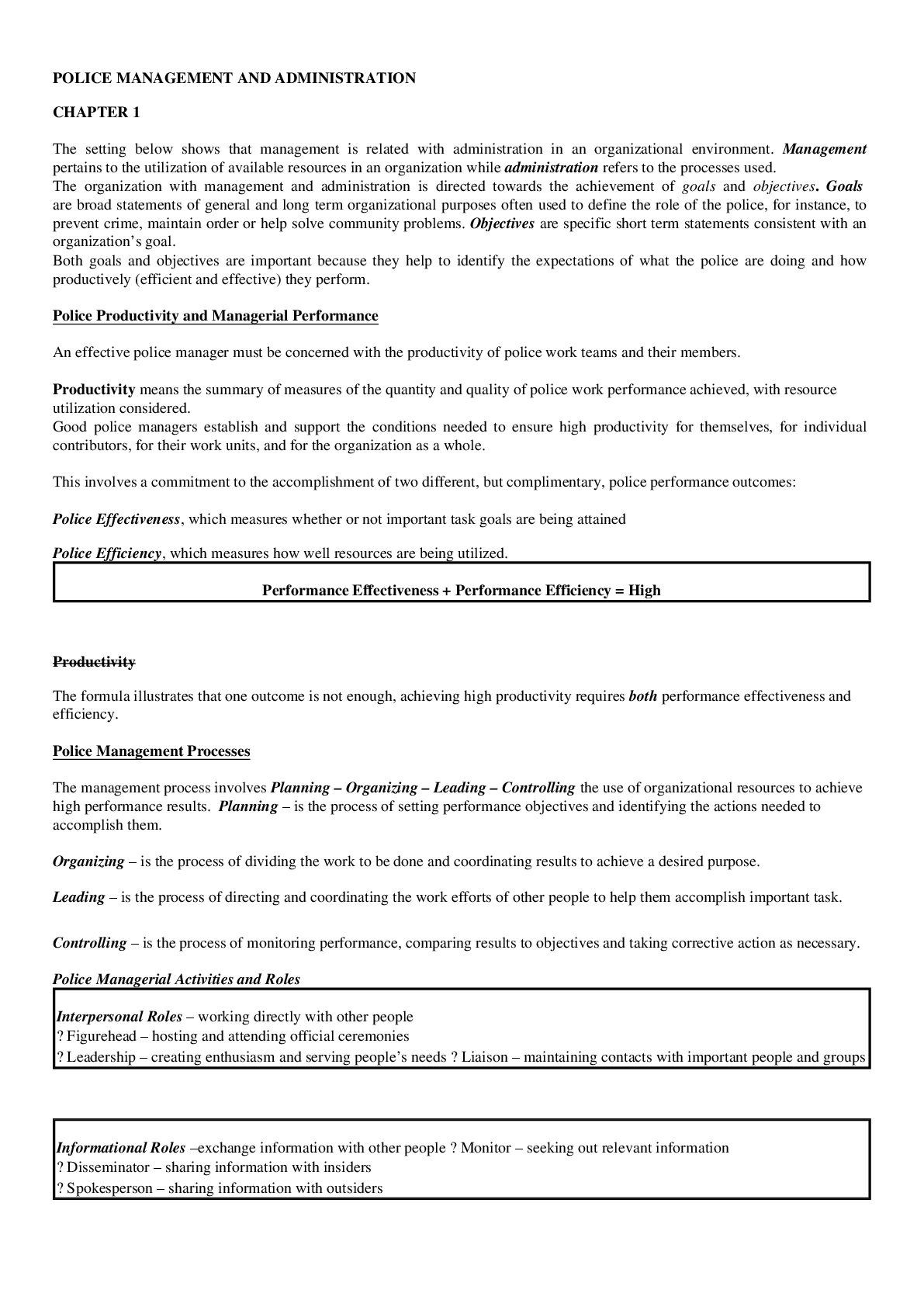
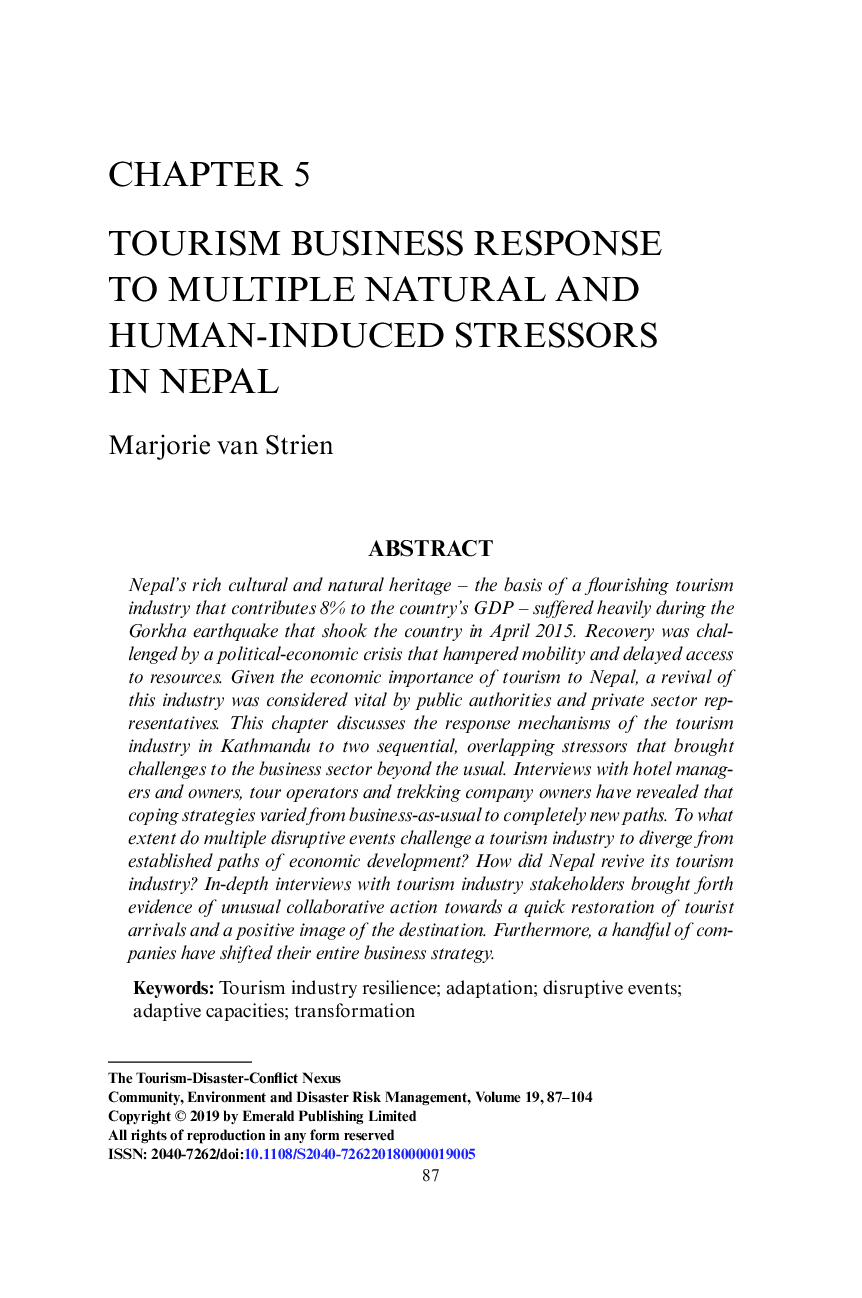

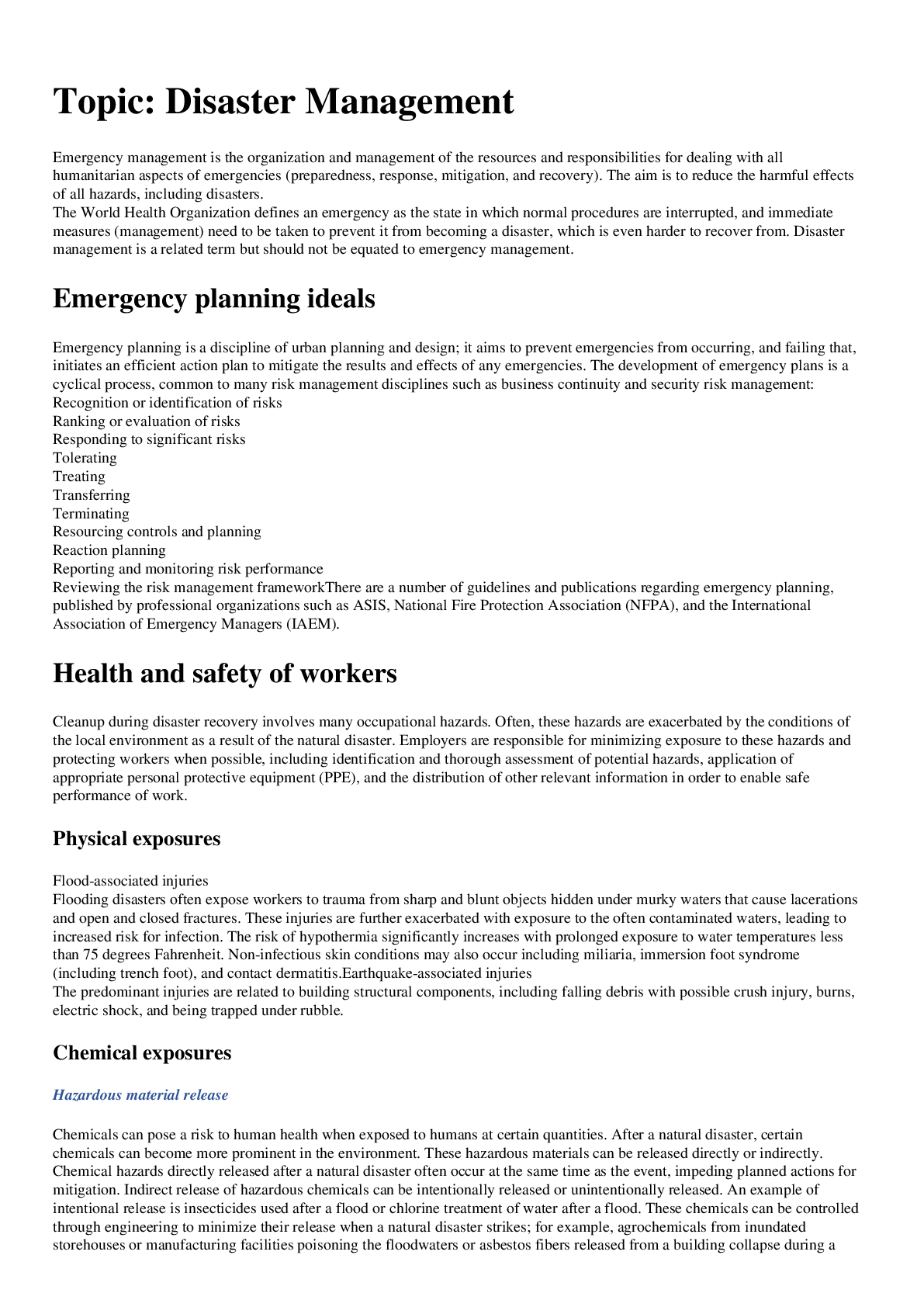

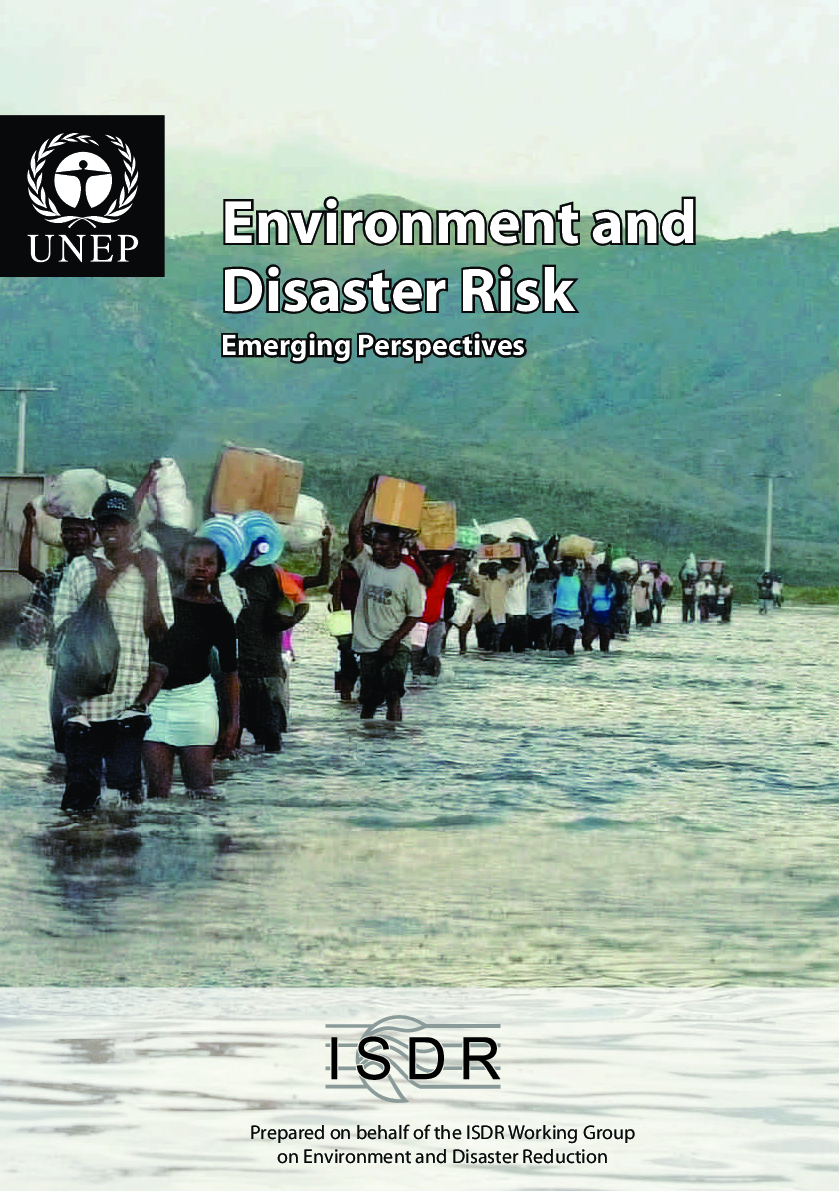
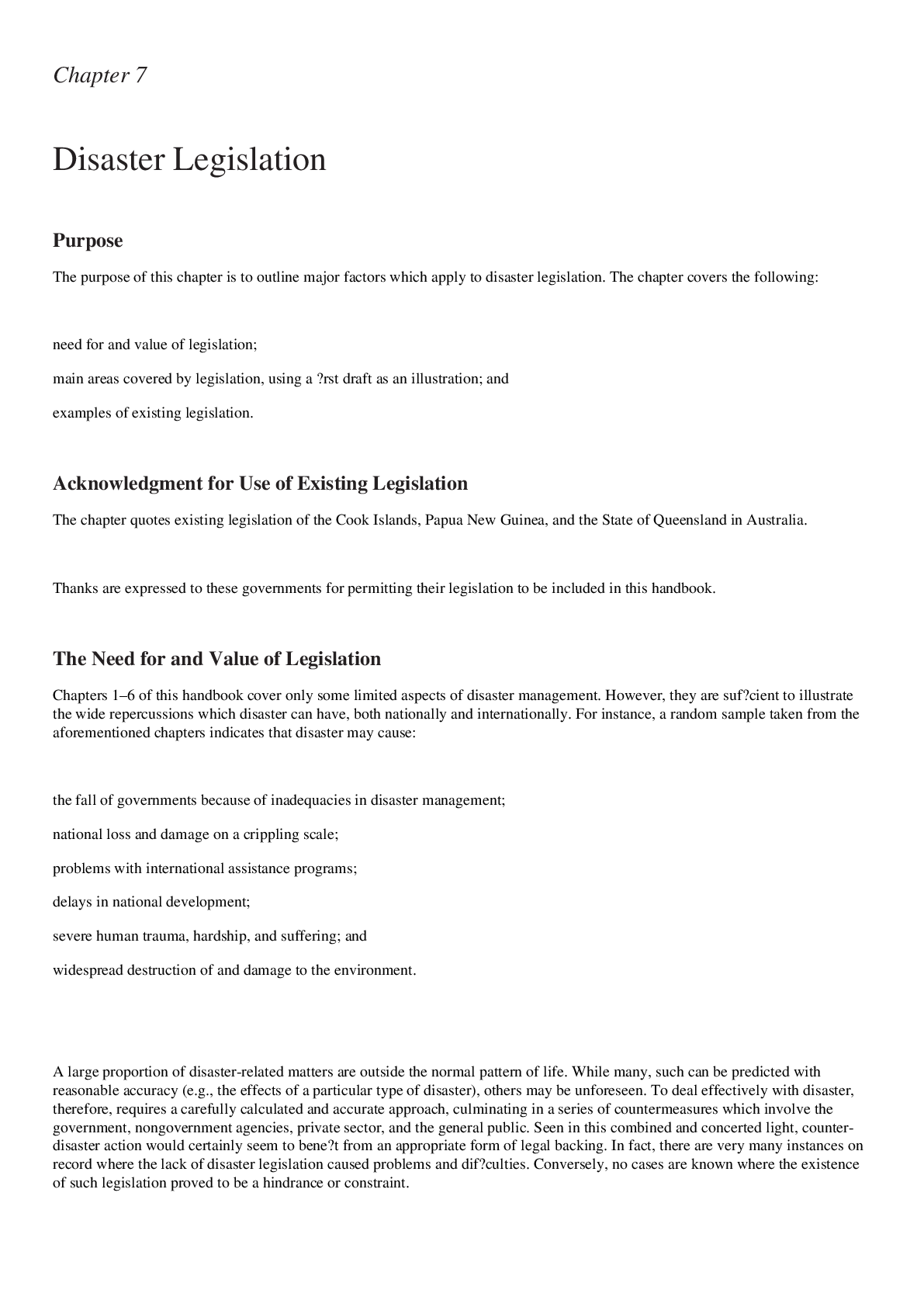


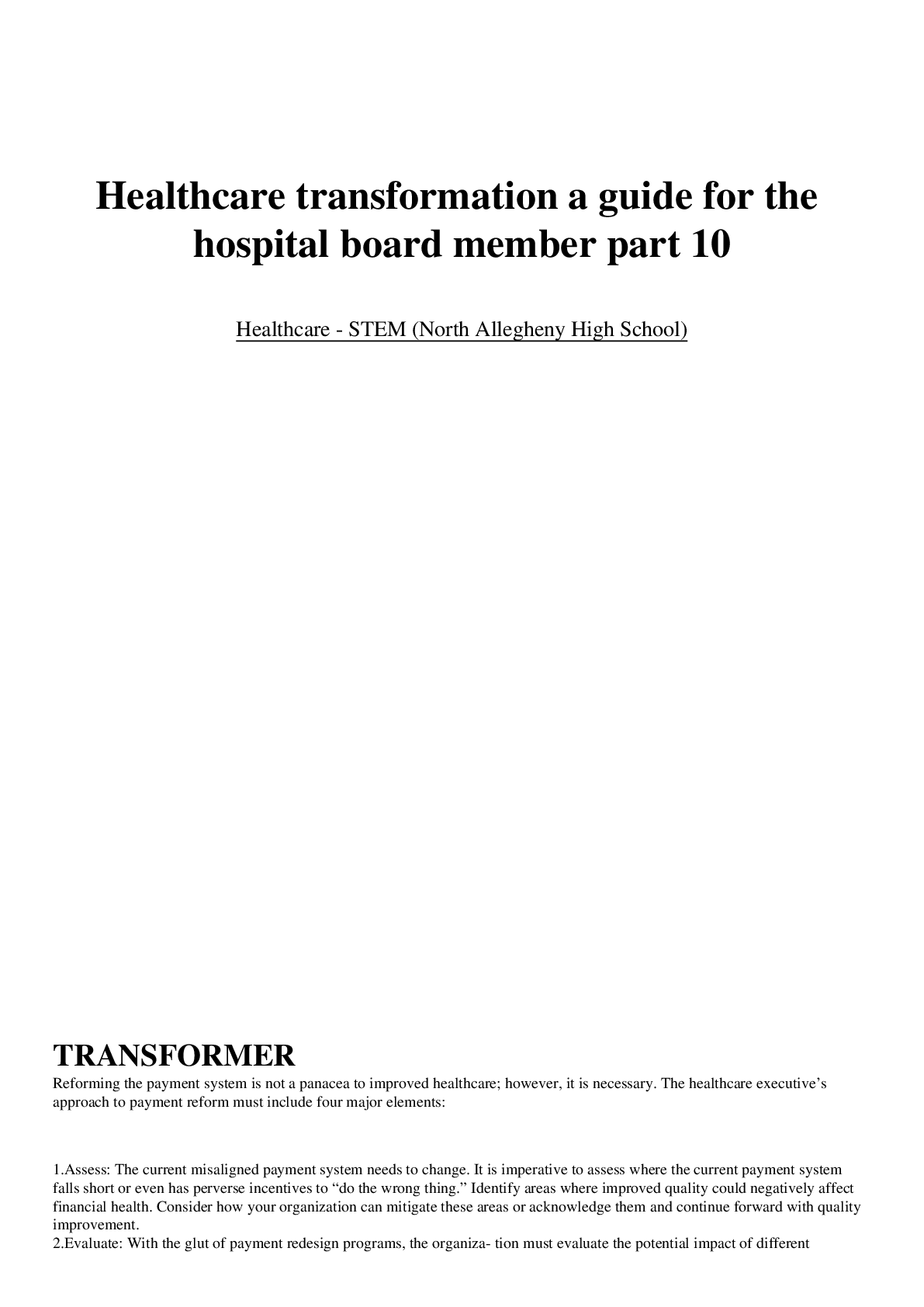

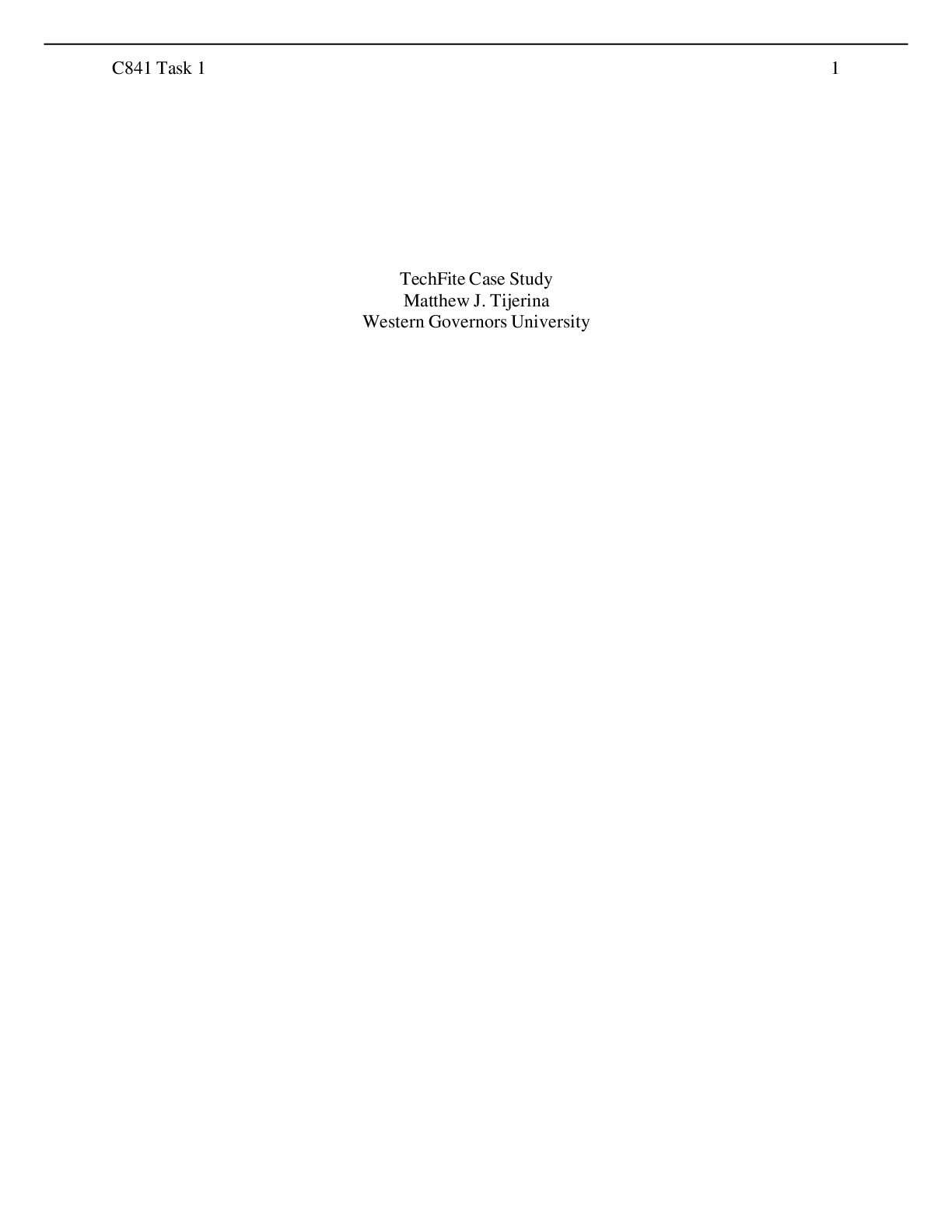
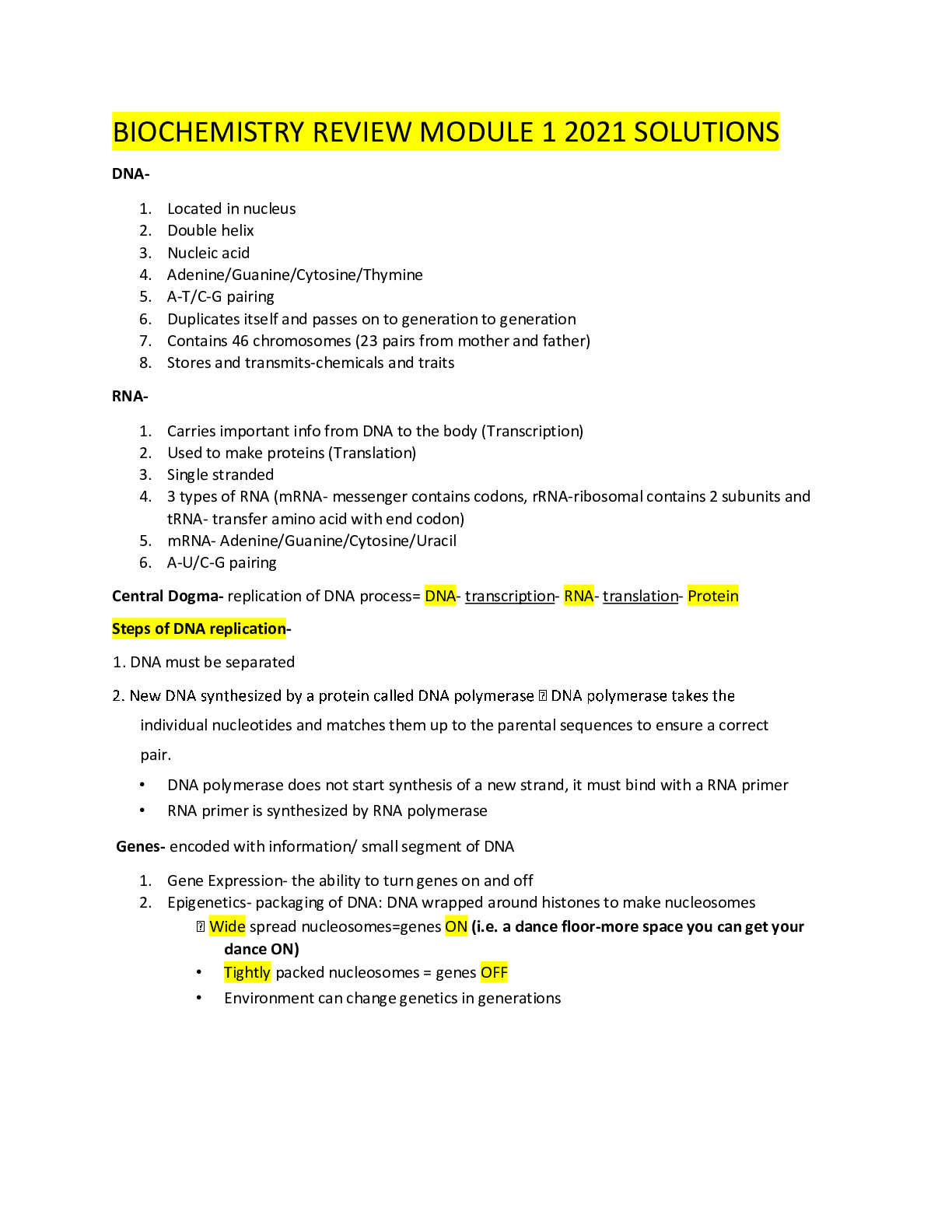
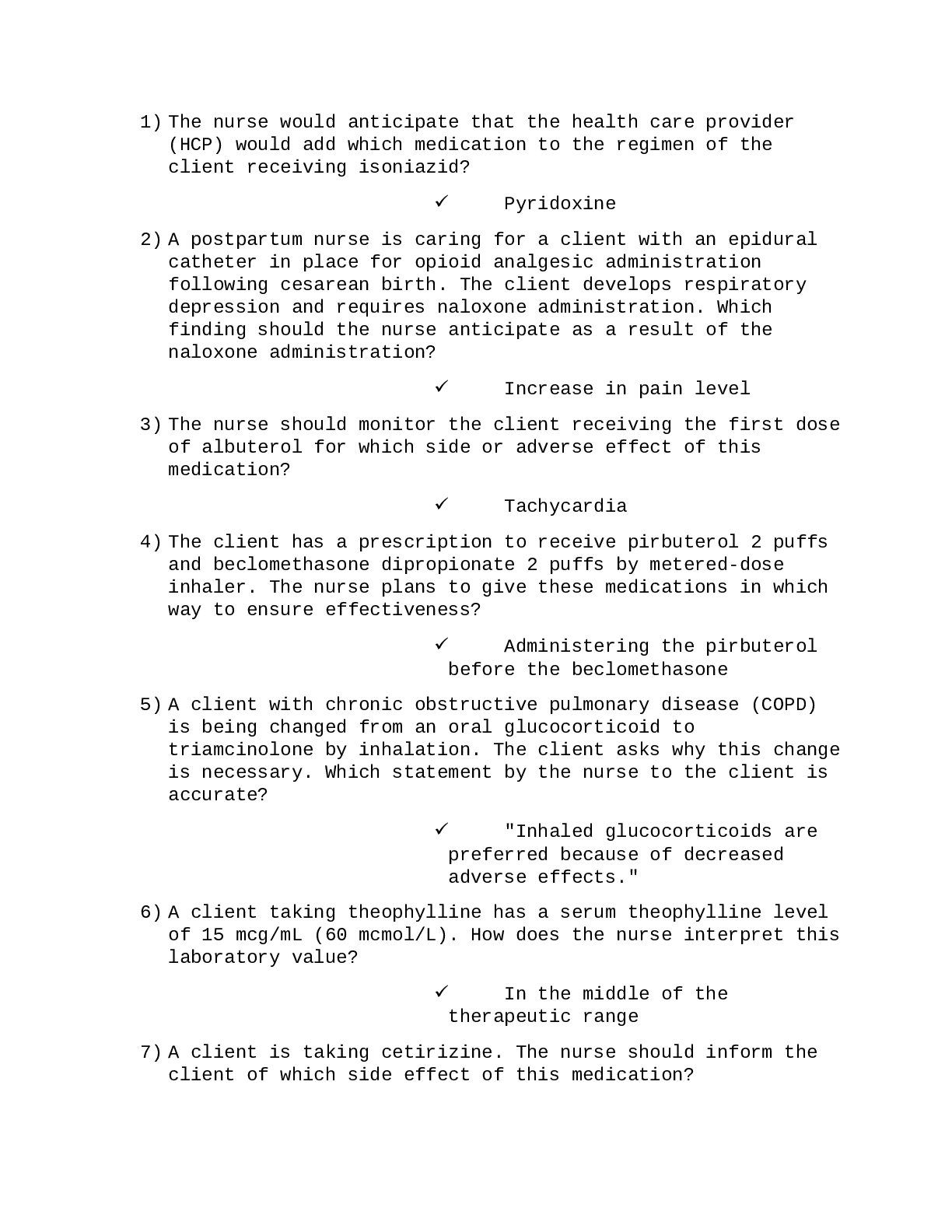
NSG110 AMERICANS RATE NURSES HIGHEST ON HONESTY, ETHICAL STANDARDS.png)


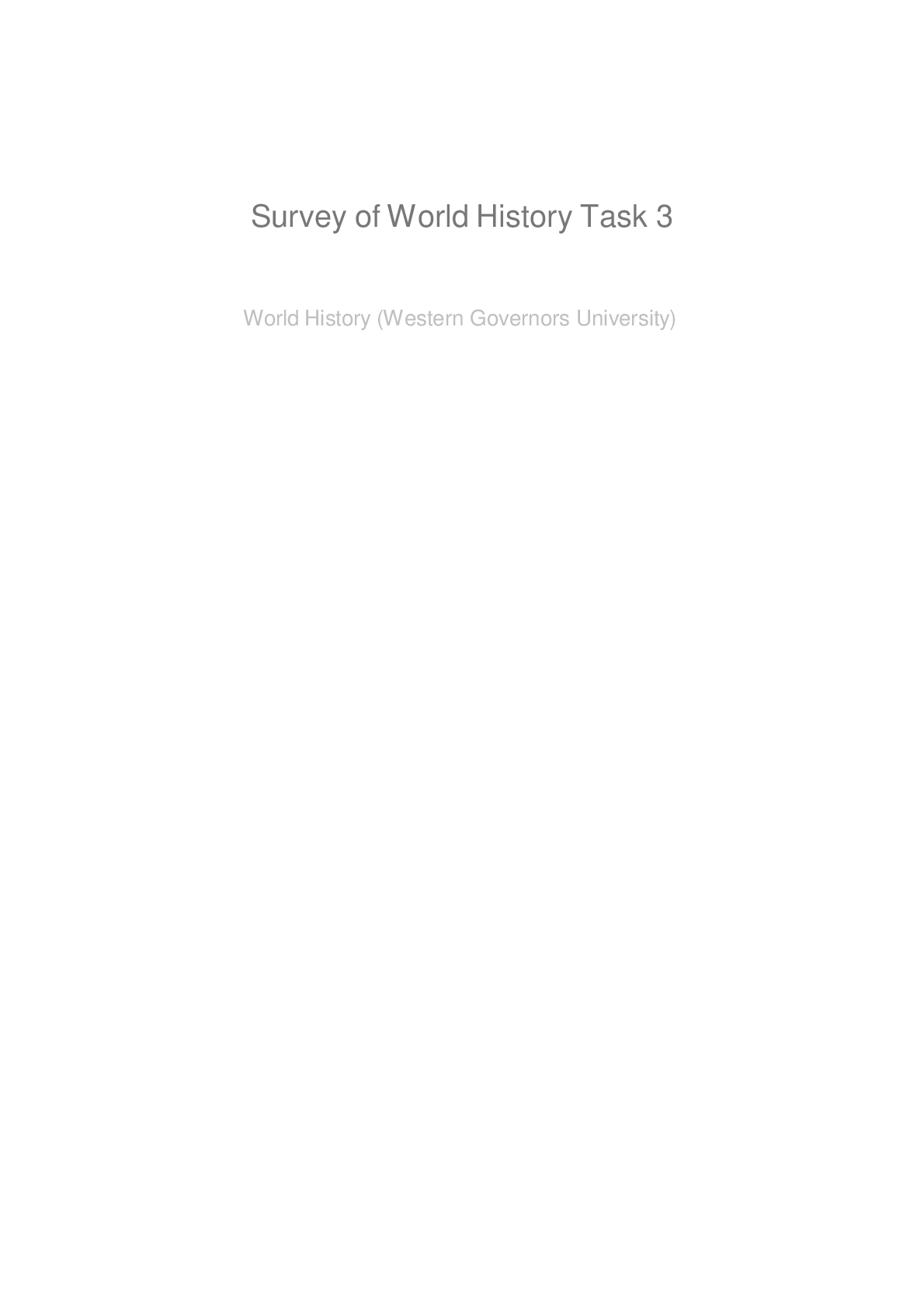

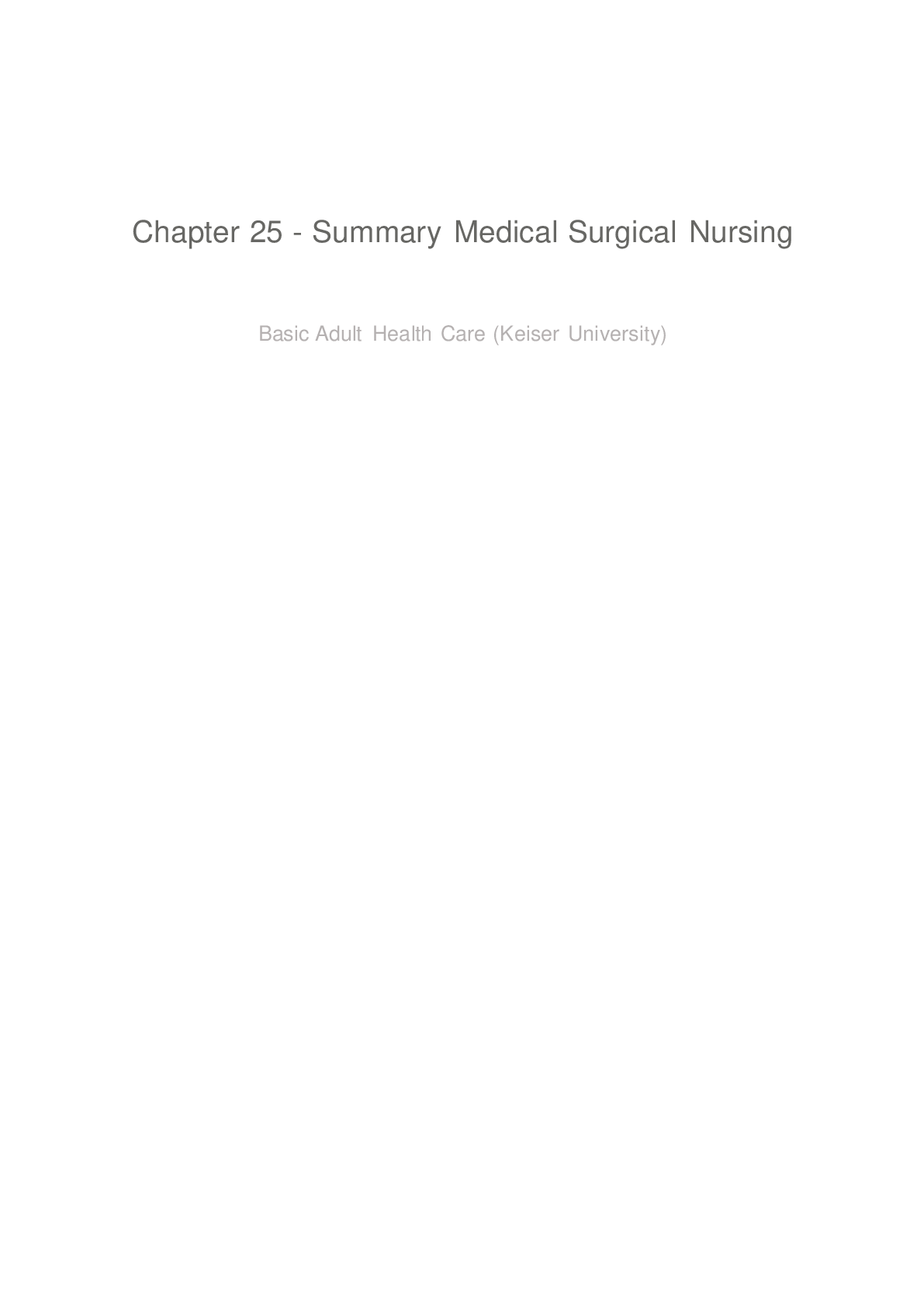


.png)
